Main Menu
Climate Change and Wildfires

Tara has been running since high school cross-country, and is still going strong as a Masters runner. Since moving to Squamish in 2013, she has fallen in love with trail and ultra running and can usually be found gleefully galloping through the forest and up and down mountains with her amazing pack of trail sisters. She runs for the Distance Runwear Project team. In her off-trail life, she has a Ph.D. in Geography and teaches environmental science at the University of British Columbia.
Share This Article!
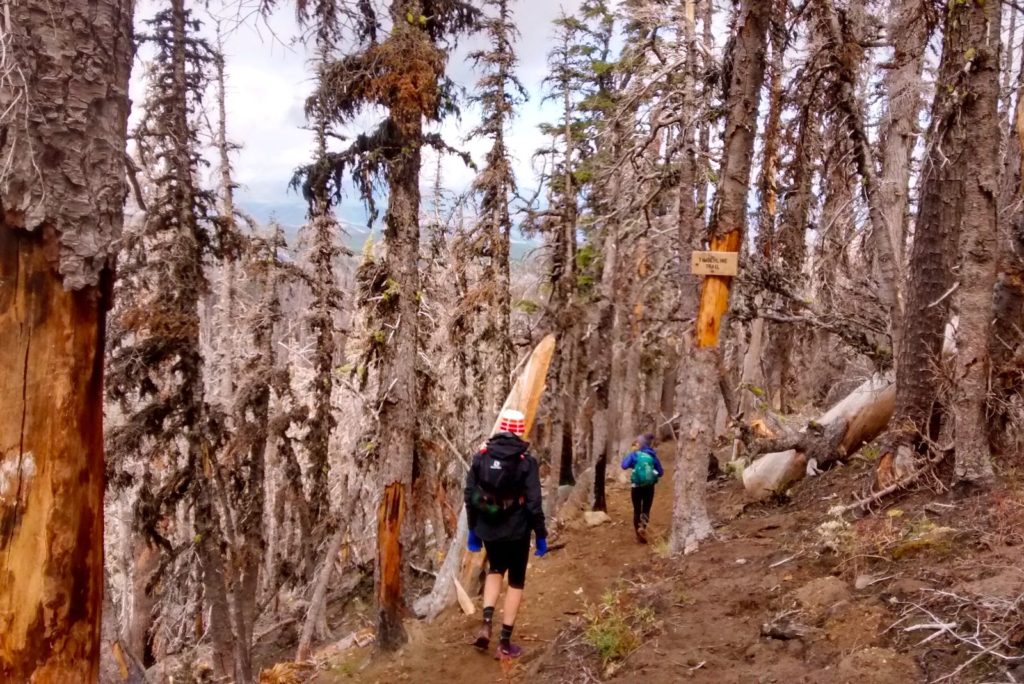

By: Tara Holland
By now, you have probably heard the news that the 2018 North Face Endurance Challenge San Francisco races were cancelled due to poor air quality related to the Camp wildfire that is burning in northern California. This wildfire is the deadliest and most destructive in the state’s history, having already claimed the lives of 71 people as of this writing, and destroyed the homes of tens of thousands. Other races were cancelled too, like the Monterey Bay Half Marathon, the Napa Valley Harvest Half Marathon, and the Berkeley Half Marathon. 2018 has been a bad year all around for race cancellations as a result of forest fires: the directors of the Gorge Waterfalls 50k and 100k in Washington and the Fat Dog 120 trail races in BC were both forced to make the same difficult decision to protect the well-being of their runners. Last year saw cancellations as well, either because of damage to trails and forests, or because of the health hazard of wildfire smoke. Living in the Pacific Northwest, it may seem like wildfires are getting more and more frequent – but is that true? Let’s ask science.
This infographic is based on scientific data that was published in 2016 and earlier, both by independent researchers and government websites like the Federal Fire Occurrence Website, maintained by the Department of the Interior. Wildfire in the Western US has increased in two ways: the fire season is getting longer, and the fires that do ignite are getting larger. In California, five of the largest fire years (measured by area burned) since 1932 have happened in the last 12 years, and the largest recorded wildfire in state history was the Mendocino fire in July 2018.

Why the focus on the Western US? It turns out that this is one of the areas of the country that is experiencing the fastest rate of warming related to climate change. A common misconception is that climate change, or global warming, means that the whole world should be experiencing the same temperature rise (this idea is probably due to the fact that we always see global warming reported as “mean global temperature rise”). However, there are certain parts of the world that are experiencing change much more rapidly – Arctic regions being the most extreme example. Average annual temperatures in the Western US have increased by 1.8 °F since 1970, which is higher than the global average rise of 1.5 °F. The graph below highlights this trend in California, where temperature has been on the rise since the late 1800s, with the rate of change increasing in the 1970s.

Increasing temperatures have cascading effects on the environment, like lower snowpack in the winter and increasing drought in the summer. A commonly used indicator of drought, the Palmer Drought Severity Index, shows that California has become increasingly dry over time. In this chart that graphs the index values in California from 1895 to 2015, the red bars show years that were below average for moisture, and the blue bars show years that were above average. We can see a clear trend of increasing years “in the red.” Particularly worrisome is when many dry years are clustered together, which translates to sustained drought conditions. 2014 and 2015 were unprecedented dry years. Drought conditions, to put it simply, mean that forests are drier. A drier forest is more susceptible to both catching fire and continuing to burn. Extended periods without rain while fires are burning means that they will burn for longer.

So, if you feel like fire events are increasing, you are correct. Wildfires are complex, and need a very particular set of conditions to both ignite and continue to burn. Climate change is making these conditions more likely, which is making California forests, and people, more vulnerable to wildfire. Although wildfire is a natural process that is essential to the functioning of a forest ecosystem, the problem lies when people are living in the path of the fires. The infographic below illustrates what we have to look forward to if warming continues due to human emissions of carbon dioxide and other greenhouse gases, which effectively trap heat in the atmosphere. The other compounding factor is that when trees and other vegetation burn and decompose, the carbon stored in those plants is released into the atmosphere as carbon dioxide, which amplifies global warming – and, as trees die, we lose important “sinks” that can take carbon dioxide out of the air through photosynthesis. It’s a vicious cycle. In short, if the status quo continues, we can expect this trend to worsen over time. Race cancellations will be the least of our concerns, as evidenced by the tragedy that is currently unfolding.

If I’ve convinced you that climate change is a large driver of this fire trend – good. Now you might be wondering, what can we do to slow climate change? First, some good news: California is a national leader in climate change policy. The government has a clearly articulated climate change plan, with goals to reduce greenhouse gas emissions by 40% below 1990 levels by 2030. In order to achieve this goal, the government has several key strategies, as well as incentives and toolkits for local governments and businesses to do their part. You can read about these strategies here.
As individuals who want to make a difference fighting climate change, there are many lifestyle choices that we can make to reduce our own emissions. The chart below is based on a study published in 2017 in the peer-reviewed academic journal Environmental Research Letters, and ranks these choices according to their relative impact.

Apart from individual and family lifestyle choices, our best strategy is to figure out where we have the most leverage, and use that to effect change. One of our most impactful points of leverage is our vote – research your local, regional, and national leaders, and vote for the ones who make climate change mitigation (reducing greenhouse gas emissions) and adaptation (helping vulnerable communities and people deal with climate change impacts) part of their platform, and who have a track record of sticking to that. Look up your state, provincial, or municipal policies on climate change. Not strong enough? Let them know.
As runners, we can also make informed choices about products we buy and events that we take part in. Research companies that have climate change policies, and support them. Two excellent examples are The North Face and Patagonia, which both have clear mission statements and company goals for reducing their climate change impact. There are events like the Great Climate Race, which was started in Vancouver and is a “walking/ running event series that enables participants worldwide to crowd fund for local renewable energy projects”. The organization Protect Our Winters was started in Boulder to mobilize athletes to take action on climate change. They have some great suggestions for individual action in their “climate activist’s roadmap,” available here.
Trail Sisters would love to hear more ideas about how you are combatting climate change in your own life, or suggestions for other companies to support and/or climate change-related running events, in the comments. The trail running community is strong. Let’s band together to fight for a cause that affects us all.
Sources:
Office of Environmental Health Hazard Assessment, California Environmental Protection Agency (2018). Indicators of Climate Change in California.
https://oehha.ca.gov/media/downloads/climate-change/report/2018indicatorssummary.pdf
Union of Concerned Scientists USA (2016).
US National Climate Assessment (2014).
https://nca2014.globalchange.gov/report/sectors/forests
Wynes, S. and Nicholas, K. (2017). The climate change mitigation gap: Education and government recommendations vs. effective individual actions. Environmental Research Letters, 12.
About the Author

Tara has been running since high school cross-country, and is still going strong as a Masters runner. Since moving to Squamish in 2013, she has fallen in love with trail and ultra running and can usually be found gleefully galloping through the forest and up and down mountains with her amazing pack of trail sisters. She runs for the Distance Runwear Project team. In her off-trail life, she has a Ph.D. in Geography and teaches environmental science at the University of British Columbia.
Share This Article!


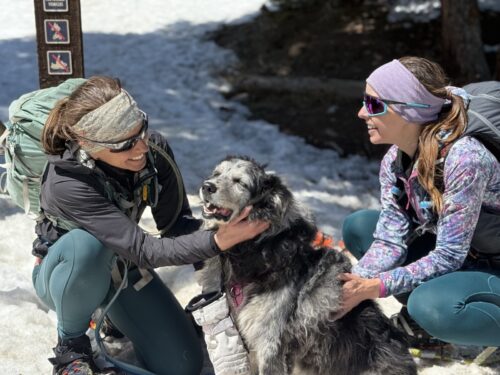
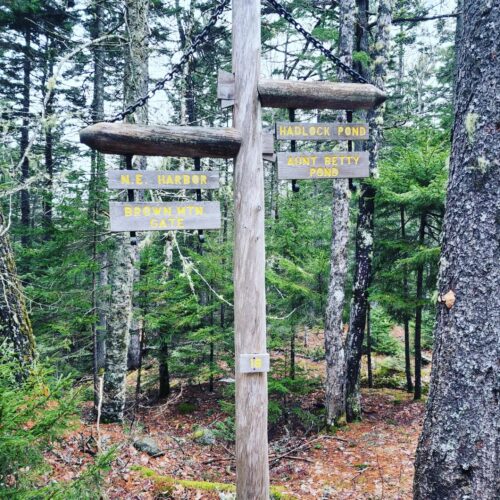









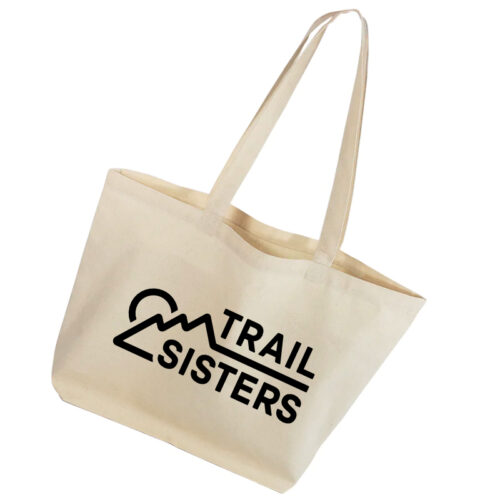

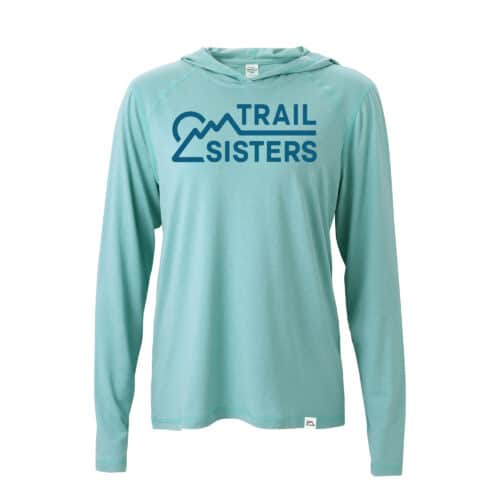

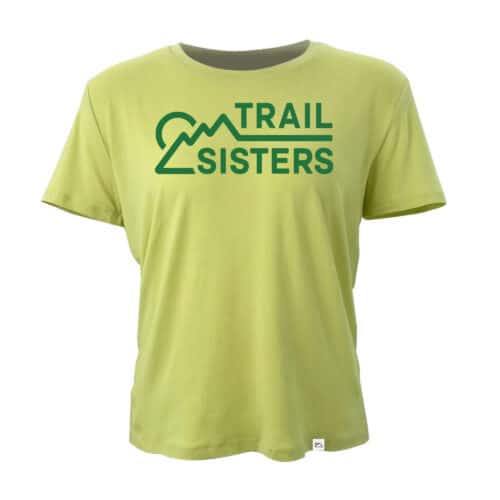
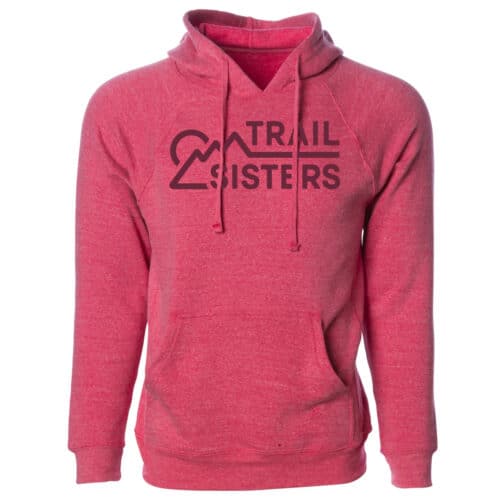

4 Responses
The most important thing you mentioned – “Although wildfire is a natural process that is essential to the functioning of a forest ecosystem, the problem lies when people are living in the path of the fires.” People need to understand that these fires are normal, and unfortunately they really shouldn’t be living there. The forest service hasn’t been doing controlled burns as they should, therefore fuel (drought ridden trees) is in high abundance. These fires cannot be avoided.
A great way to go green is take advantage of the tax incentives! Buy an electric car, pair it with a home solar system, and if you really have the means, get a back up battery for extra solar storage! The government will credit you $7500 for an electric car AND another $7500 for a solar system. Great way to go off-grid. I personally work for a renewable energy company, have an electric car, installed solar panels on my house, and am not having kids… Everyone has to make their own energy responsible decisions. I just hope the government keeps offering assistance to people to make the right ones.
Hi Meagan, thanks for your comment! You’re absolutely right that forest management is part of the problem – across North America, we’re dealing with the legacy of fire suppression policies. Climate change is, unfortunately, just exacerbating that issue. All your suggestions are great ones, thanks for sharing.
THIS ARTICLE IS INCREDIBLE. I wish every runner on Earth would read it. Every word. Thank you for highlighting such a crucial element to our sport, and our lives at large. If people want to get connected with local organizations working on environmental action, check out Patagonia Action Works. Also, Protect Our Winters works in the trail/summer realm now when they lobby in Congress. Really good stuff to get involved in!
Thank you, Clare! And thanks for all the work you do advocating for the environment. Great suggestions for organizations to get involved with.